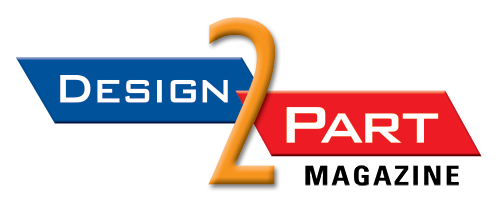Propel Software commissioned a survey across major U.S. industries that found collaboration to be a significant challenge in roles from product management to customer service and support.
REDWOOD CITY, Calif.— A survey commissioned by Propel Software found that lack of collaboration and disparate systems are negatively impacting product operations, including sourcing and production decisions, product quality, and speed to market, the company said in a release.
The survey, “State of Product Innovation 2025: AI Adoption and Collaboration Trends Across Four Industries,” gauged the sentiments of 800 employees across the industrial equipment, medical device, high technology, and consumer goods industries in the United States. It was conducted by Talker Research.
According to Propel, the survey found that collaboration is a challenge for all industries and product roles. Forty-nine percent of respondents said their product teams (such as engineering, quality, and supply chain) don’t effectively collaborate among their own departments. Technology barriers are the main culprit, according to 55 percent of respondents. Examples of these barriers include not having a common system, or integrated systems that limit or prevent collaboration.
If they could address the collaboration issue, 23 percent said they believe it would mainly benefit product quality; 21 percent said it would allow for better production decisions.
Collaboration between product and commercial teams was also an area of concern, as 43 percent of respondents reported ineffective collaboration between the two key stakeholder groups. As with the product team, technology barriers were top challenges, the release stated.
Survey respondents across departments weighed in on the top product innovation challenges in the development, launch, and sales processes. Scoping the time and effort to develop new products or enhancements (cited by 24 percent), managing product changes (22 percent), and coordinating across teams (15 percent) were reported to be the chief product management challenges.
Significant marketing challenges included having easier access to accurate and up-to-date product data (40 percent); tools to compare product variants or configurations (35 percent); and better collaboration with product and engineering teams (33 percent). On the sales side, the most frequently reported challenges were quick access to accurate, up-to-date product information (42 percent), faster responses to customer product questions (42 percent), and improved coordination with product and marketing teams (41 percent).
The survey also revealed additional role-specific findings in the quality/regulatory, supply chain, and service/support areas.
“The biggest challenges related to system validation or compliance readiness that respondents face are maintaining ongoing system compliance after upgrades or changes (34 percent), managing validation documentation and audit trails (22 percent), and keeping up with evolving regulations (17 percent),” the release stated.
When a key part becomes unavailable or is delayed, respondents currently search for alternatives manually (37 percent), escalate to the procurement or supplier manager (36 percent), or use ERP or sourcing platforms to find alternates (28 percent). Only 25 percent stated they’re always aware of changes to a product before interaction with customers or assets.
“Siloed departments and disconnected software solutions are no match for today’s fast-paced market demands, and the urgency to innovate has never been greater,” said Ross Meyercord, CEO of Propel Software, in the release. “With a secure data foundation and AI embedded into the core of a manufacturer’s data architecture, companies can scale AI confidently to enhance collaboration, drive efficiency, and bolster product operations. To minimize risk and maintain control, manufacturers should prioritize cloud-native, SaaS-based solutions that consolidate operations onto a single platform.”
AI presents opportunities, apprehension
Fifty-one percent of respondents working in high technology stated they are actively using AI and expanding investment, compared to 32 percent of the respondents in industrial equipment; 26 percent in consumer goods; and 24 percent in medical devices.
Meanwhile, 34 percent of respondents working in consumer goods said they are piloting or experimenting with AI in limited areas, compared to 33 percent of respondents in medical devices; 32 percent in industrial equipment; and 31 percent high tech, according to the release.
Fifty-two percent of respondents actively using AI justified their AI investments through productivity gains; 50 percent, through their ability to achieve a competitive advantage; 35 percent, through technology consolidation; 32 percent, through their ability to reallocate resources; 28 percent, through direct expense reduction; and 23 percent, by their ability to reduce headcount, the release said.
Responses to the survey were collected from U.S.-based employees working in product management, design engineering, quality/regulatory, supply chain, sales, product marketing, service/support, and information technology.
